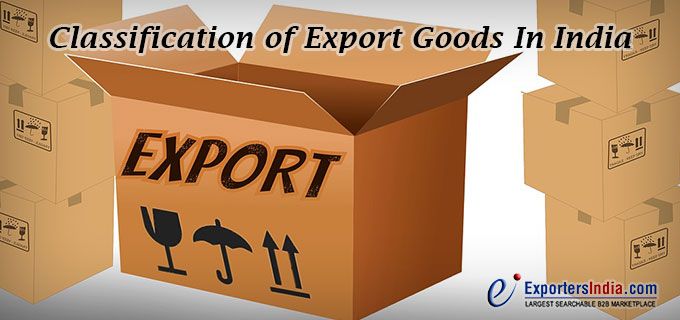
ITC-HS, better known as Indian Trade Clarification based on Harmonized System, is an international nomenclature of goods that was developed in 1988 by the World Customs Organization. India is one of the 190 countries that have adopted this nomenclature to classify its goods for international trade of import and export. As per the universal standard, the HS codes must have 7-10 digits; therefore, the ITC-HS is an 8 digit code. It specifies the two schedule tariffs of Indian trade, i.e., Import Tariff and Export Tariff. In India, these codes are published by the Directorate General of Foreign Trade according to which the goods are classified and arranged.Classification of goods based on this ITC-HS nomenclature is indispensable as wrong classification can not only lead to a loss in the business but also in the canceling of Import Export Code in extreme situations. Goods classified in a category as opposed to where they are supposed to can lead to the exporter paying higher duty and even the revocation of the license if found out by the authority. For this very reason, the knowledge of the types of export goods is imperative. Classification of Exports Goods
- Prohibited Goods: There are certain items in the Indian market that are prohibited from any type of export in the outside world. The goods that do not have the governments permission to be exported out of the country fall into this category. Unlike other goods, these goods and items do not have the export license. You cannot take these goods out of the country by any means what so ever. Wild animals, beef, exotic birds, human skeleton, sea shells, narcotics drugs, aero models etc., fall under the prohibited goods category. Unlike other types of export goods, these goods cannot be exported under any circumstances without special license and permission from the authority.
- Restricted Goods: There are certain goods that can be exported to other countries but need a legal license for the export. Various conditions are required to be complied with in order to export these goods from India. A restricted good would only be transported if it complies with the conditions and processes for restricted export. These conditions should be fulfilled in addition to the general export conditions and required licenses for the export. Items like firearms, medicines, live birds & animals, sand/soil, sandalwood, endangered species of plants & animals etc., are categorized as restricted goods in India.
- State Trading Enterprise: There are various goods that are subjected to trading and export only by the state authority. This type of export performed by the State Trading Enterprises does not require an export license as well. This type of trade, managed by the state bodies, is done to safeguard the national interests of the nation. These goods are also conditioned to the EXIM Policy of India.
- Restricted Country Goods: There are certain countries where goods can only be exported after fulfilling the conditions set in the EXIM policy. Various organizations and institutions are restricted to export certain goods to certain countries. There can be a number of reasons behind the restriction and many countries are put under the restricted countries for goods export. For example, the export to Iraq is only possible once the conditions mentioned under the EXIM Policy are fulfilled. These conditions are listed under the title ITC (HS) Classification of Export and Import items.
These were the four major categories under which the export goods from India are segmented. It is advisable for any business to understand these categories of goods before making any type of export trade relations with any country. This categorization of export products would help you understand the export process better. Moreover, understanding this categorization of export goods would ensure a smooth trade and remove any type of future glitches.






